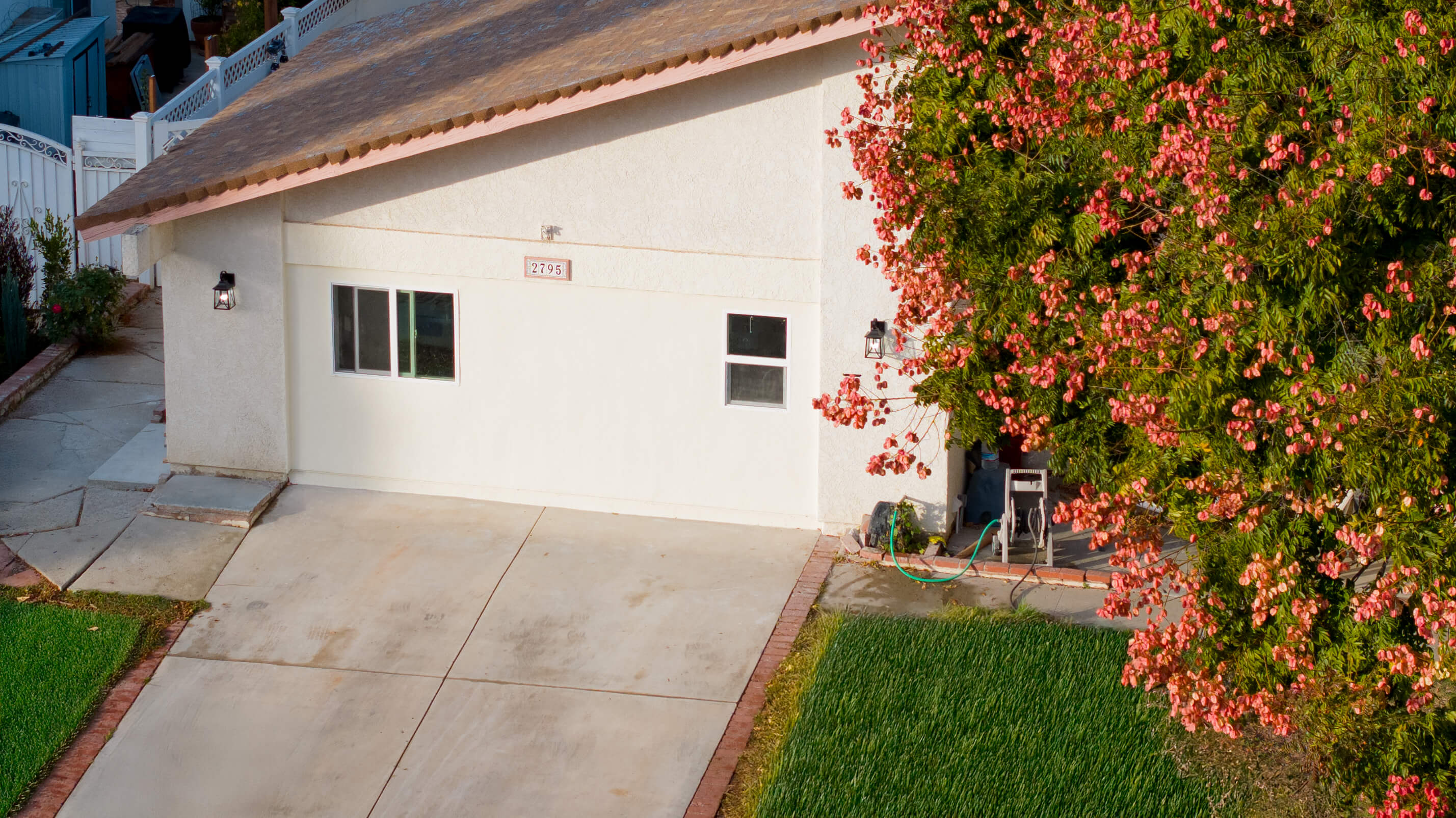SB-684 Timeline: Step-by-Step Schedule for California Lot Splits

Understanding the SB-684 timeline is crucial for property owners planning lot splits. This comprehensive guide provides realistic timeframes for each phase of the process and factors that can affect your schedule.
Pre-Application Phase (Months 1-2)
*Week 1-2
Initial Assessment*
- Property eligibility evaluation
- Basic zoning and size verification
- Initial professional consultations
- Preliminary feasibility determination
- Select surveyor and consultant
- Engage legal counsel if needed
- Interview potential service providers
- Negotiate service agreements
- Professional boundary survey
- Topographic mapping if required
- Utility location identification
- Access and easement verification
- Lot configuration planning
- Utility connection planning
- Access design and verification
- Initial neighbor discussions
- Complete all application forms
- Prepare required site plans
- Compile supporting documentation
- Review local jurisdiction requirements
- Environmental assessments (if required)
- Geotechnical studies (if needed)
- Traffic studies (if required)
- Utility capacity verification
- Final document review and assembly
- Professional plan stamping
- Fee calculation and payment preparation
- Quality control review
- Final application package assembly
- Coordinate submission timing
- Prepare for potential questions
- Submit formal application
- Administrative completeness check
- Assignment to review staff
- Initial technical review
- Potential requests for additional information
- Detailed plan review
- Inter-departmental coordination
- Utility agency consultation
- Public notification (if required)
- Resolution of any outstanding issues
- Final approval preparation
- Condition development
- Approval documentation
- Receive formal approval
- Review approval conditions
- Plan compliance with conditions
- Prepare for recording process
- Prepare final recordable documents
- Coordinate with title company
- Schedule recording appointment
- Notify all interested parties
- Submit documents to county recorder
- Pay recording fees
- Receive recorded documents
- Distribute copies to team members
- Complete initial application
- Experienced professional team
- Simple property configuration
- Cooperative local jurisdiction
- No required special studies
- Incomplete applications
- Required additional studies
- Complex property issues
- Seasonal staff limitations
- Public opposition or appeals
- Many inland counties
- Cities with streamlined processes
- Jurisdictions with dedicated staff
- Areas with standard lot configurations
- Most major California cities
- Standard review processes
- Typical application complexity
- Normal staff availability
- Coastal areas with additional reviews
- Complex regulatory environments
- Understaffed departments
- High application volumes
- Research local requirements thoroughly
- Assemble experienced team early
- Complete surveys before application
- Address potential issues proactively
- Submit complete applications
- Respond quickly to requests
- Maintain regular communication
- Provide clear, professional documentation
- Be responsive to staff questions
- Provide additional information promptly
- Maintain professional relationships
- Monitor application status regularly
- Survey discrepancies
- Utility connection problems
- Zoning interpretation questions
- Environmental concerns
- Staff turnover or illness
- High application volumes
- Holiday and vacation periods
- Budget and resource constraints
- Neighbor opposition
- Utility company delays
- Title or legal issues
- Market condition changes
- Add 25-30% to estimated timeline
- Plan for potential delays
- Maintain flexible financing
- Coordinate with other commitments
- Regular status checks with team
- Maintain communication with staff
- Track milestone completion
- Adjust expectations as needed
- All professionals selected and contracted
- Initial strategy and timeline confirmed
- Property boundaries confirmed
- Lot configuration finalized
- Complete application package filed
- Review process officially begins
- Formal approval in hand
- Recording process ready to begin
- New lots officially created
- Process successfully completed
*Week 3-4
Professional Team Assembly*
*Week 5-6
Property Survey*
*Week 7-8
Preliminary Design*
Application Preparation Phase (Months 2-3)
*Week 9-10
Document Preparation*
*Week 11-12
Technical Studies*
*Week 13-14
Application Finalization*
*Week 15-16
Submission Preparation*
Government Review Phase (Months 4-6)
*Month 4
Initial Review*
*Month 5
Technical Analysis*
*Month 6
Final Review*
Approval and Recording Phase (Months 6-7)
*Week 24-25
Approval Processing*
*Week 26-27
Recording Preparation*
*Week 28
Final Recording*
Factors That Affect Timeline
*Accelerating Factors
*
*Delaying Factors
*
Regional Timeline Variations
*Faster Jurisdictions (4-6 months)
*
*Standard Jurisdictions (6-8 months)
*
*Slower Jurisdictions (8-12 months)
*
Timeline Optimization Strategies
*Pre-Application Optimization
*
*Application Phase Optimization
*
*Review Phase Optimization
*
Common Timeline Disruptions
*Technical Issues
*
*Administrative Delays
*
*External Factors
*
Contingency Planning
*Build Buffer Time
*
*Monitor Progress
*
Critical Timeline Milestones
*Month 1
Team Assembly Complete*
*Month 2
Survey and Design Complete*
*Month 3
Application Submitted*
*Month 6
Approval Received*
*Month 7
Recording Complete*
Understanding the SB-684 timeline helps property owners plan effectively and set realistic expectations. While timelines can vary, careful planning and professional execution typically result in successful completion within 6-8 months.


